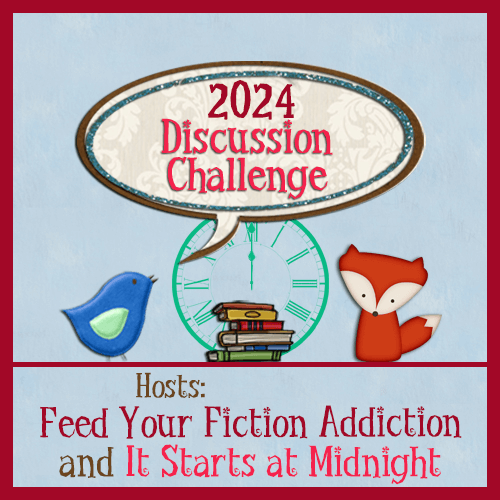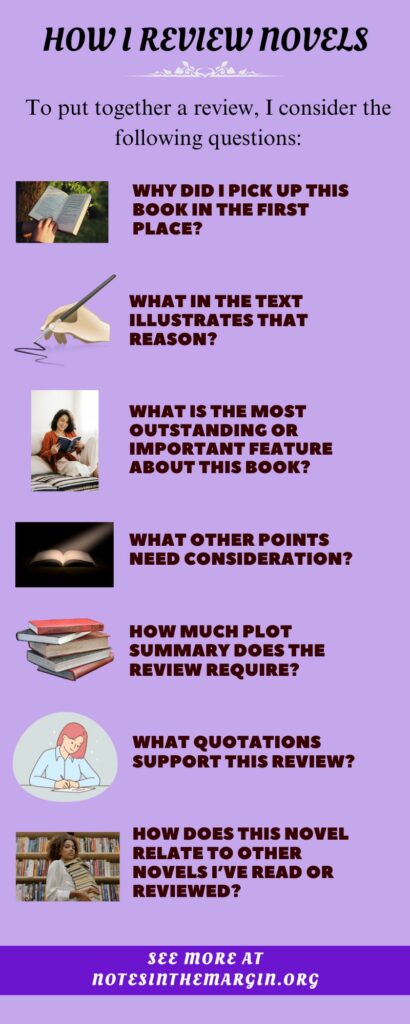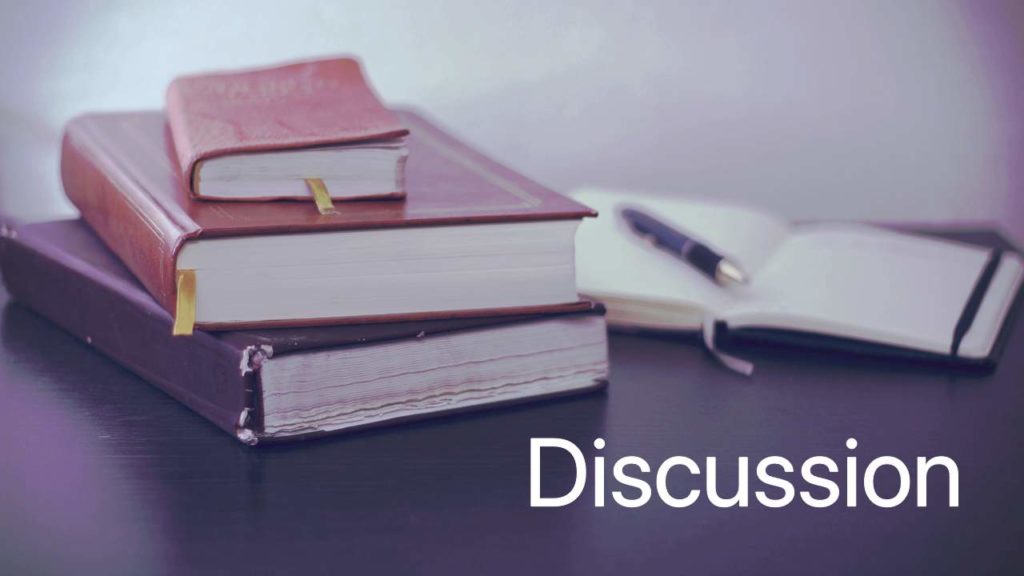Thanks to these two bloggers for sponsoring the annual Blog Discussion Challenge:
- Nicole at Feed your Fiction Addiction
- Shannon at It Starts at Midnight

Related Post:
I’ve been blogging about books since the late 1990s. During that time I’ve thought a lot about why I blog but not so much about how—or rather, how I approach reviewing a book. I’ve put off writing this post for quite a while as I looked back over past reviews I’ve written, especially those from my earliest days of blogging.
Revisiting my past reviews revealed that my approach to discussing individual books hasn’t changed much over the years. However, I now can articulate more explicitly what that approach is, and I’ve put together a list of questions I ask myself before writing about a book.
In this discussion I’m referring to reviewing novels, my preferred reading material.
These are the elements that are important to me as I think about the book:
1. Why did I pick up this book in the first place?
My answer to this question is almost always the same: The book description suggests a story about themes, situations, concepts, or writing style and approach that interest me.
2. What in the text illustrates the reason why I picked up this book?
The former academic in me still feels obligated to include supportive material, although I now rely on paraphrasing more than direct quotation than I used to.
3. What particularly struck me about this book? What is the most outstanding or important feature about this book?
This is usually where I put most emphasis.
4. What other points need consideration? This question covers areas like the following:
- character development
- plot: pacing, credibility, twist
- form
- this book’s place in the wider context of literary and cultural history
5. How much plot summary does the review require?
I try to keep plot summary to a minimum, just enough so that readers can follow what I’m saying. Also, although I usually avoid the term trigger warnings, I do mention specific plot points so that readers can choose whether they want to read this book.
6. Representative or striking quotations (optional)
I don’t include these as often as I should. I’m trying to do better.
7. How does this novel relate to other novels I’ve read/reviewed? (optional)
I tend to focus on individual books, but comparing/contrasting the book under review with other related books is something I’ve decided I should do more of.

Although I find this list of points helpful, I don’t consider them a template for a review. A good novel is often greater than the sum of its parts, and the best reviews reflect that. The final step of putting all the aspects of a book together is often the most difficult part of a review. The best description I’ve found of how to do that comes from professional book critic Parul Sehgal:
For me, whatever the assignment [of writing a piece of criticism], a crucial step is staying open to surprise. I have to see a book for what it is, not filter it through a prism of what’s in fashion or my own encrusted tastes and biases. That’s the job, the inner discipline: to keep oneself ajar. It’s not always easy. You can see most clearly what is familiar, what has already been domesticated. What is original can look odd. It might rankle or, even more confusingly, it might leave you with a feeling you have yet to name. How can you recognize that feeling and not just pounce and label it disappointment? This vigilance is part of why I find criticism so exciting, difficult, full of vulnerability: you have to know and examine your own mind as keenly as you examine the work in question.
After such abstract, theoretical considerations, here are three concrete points I keep in mind when writing about a book.
First, I’m pretty strict about my no-spoilers policy. In only a very few instances, mostly from long ago, I thought that giving away a key point was necessary for a complete evaluation of a book. Those instances are clearly marked with a “spoiler alert” notice.
Second, I try to keep my reviews short, in the 500-750 word range (exclusive of quotations). My aim is to tantalize, not overwhelm, you.
Third, the reviews you find here are my reactions and opinions. Your thoughts on a particular book may be quite different; in fact, I expect they often will be.
Study Notes
A Reviewer’s Life: The material constraints of writing criticism today
The Critic as Friend: The challenge of reading generously
Author Profiles Are No Replacement for Book Criticism But I Love Them Anyway
A Beginner’s Guide To Reviewing Books
© 2024 by Mary Daniels Brown


This aspect of book reviewing from Parul Sehgal is critically important for me: “you have to know and examine your own mind as keenly as you examine the work in question.”
Thanks for pointing that out, Liz. I totally agree. That sentence sums up the most important kernel of a book review.
You’re welcome, Mary.
It’s interesting to hear how you approach a review. I tend to just write without thinking too much in advance – consequently it takes me far too long to actually write the piece. I suspect it would go much quicker if I used a more systematic approach